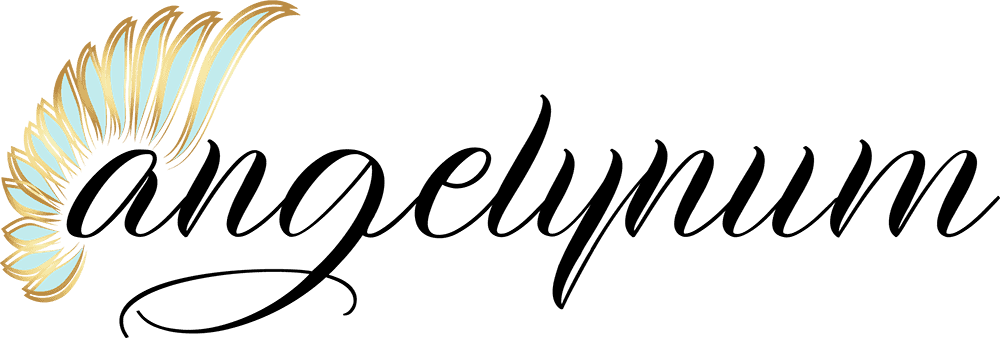Turning someone down is never easy, but it’s a part of life we all face. Whether it’s a date request, a job applicant, or a friend asking for too much of your time, saying “no” can feel awkward.
The good news is that rejection doesn’t have to be cruel. With the right words and approach, you can honor your own boundaries while still respecting the other person’s feelings.
1. Be Honest Without Being Brutal
Honesty creates a clean break without lingering confusion. When rejecting someone, speak your truth clearly but kindly, using “I” statements to own your feelings without blaming them.
For example, saying “I don’t feel the romantic connection I’m looking for” is gentler than “You’re not my type.” This approach respects both your feelings and theirs.
Remember that sugarcoating or lying to spare feelings often backfires, creating false hope or deeper hurt later. The temporary discomfort of honest rejection is usually kinder than prolonged uncertainty.
2. Express Genuine Gratitude
Acknowledging the courage it takes to express interest can soften the blow of rejection. Start with sincere appreciation: “Thank you for asking me out—it takes real courage to put yourself out there.”
This recognition validates their feelings and shows respect for their vulnerability. It transforms a potentially awkward moment into one of mutual respect.
The key is authenticity—people can sense when gratitude is forced. Focus on something specific you genuinely appreciate about them or their approach, which helps preserve their dignity during a vulnerable moment.
3. Choose a Private Setting
Location matters when delivering disappointing news. Select a quiet, private place where both of you can speak freely without an audience. Public rejections can amplify embarrassment and limit honest expression.
If possible, choose neutral territory that allows for a quick, graceful exit afterward. This consideration shows respect for their emotional process and privacy.
Avoid places with romantic associations or locations where they’ll need to remain for an extended period after the conversation. Your thoughtfulness about setting demonstrates care even as you’re saying no.
4. Keep Your Message Concise
Rambling explanations often make rejections more painful than necessary. When turning someone down, clarity trumps verbosity. Make your point in a few straightforward sentences rather than an elaborate justification.
Overly detailed explanations can sound like negotiable points when your decision isn’t actually up for debate. “I value our friendship, but I don’t share your romantic feelings” communicates everything necessary.
Brief doesn’t mean cold—you can be warm and kind while still being direct. This approach respects both their time and emotional energy during an already difficult conversation.
5. Avoid Creating False Hope
Mixed signals prolong pain rather than minimize it. Phrases like “not right now” or “maybe someday” might seem kinder in the moment, but they often keep someone emotionally invested when they should be moving on.
Crystal clear language prevents misinterpretation. If you’re certain about your feelings, avoid conditional statements that suggest your mind might change.
Sometimes what feels like kindness—leaving the door slightly open—actually prevents healing. True compassion means giving someone the clean break they need to fully process your rejection and eventually redirect their feelings elsewhere.
6. Prepare for Various Reactions
Rejection triggers unpredictable responses ranging from quiet acceptance to tears or anger. Before having the conversation, mentally rehearse how you’ll respond to different emotional reactions with patience and composure.
Remember that their immediate response reflects their processing, not your worth or decision quality. Give them space to express feelings without taking responsibility for fixing their emotions.
Sometimes the kindest approach is simply listening without interruption or defense. If the conversation becomes hostile, however, you have every right to politely end it and walk away—compassion doesn’t require enduring mistreatment.
7. Show Genuine Empathy
Acknowledging that rejection hurts demonstrates emotional intelligence and respect. Small phrases like “I understand this isn’t what you hoped to hear” validate their disappointment without changing your position.
Empathy doesn’t mean taking responsibility for their feelings or apologizing for your boundaries. It simply recognizes the universal experience of disappointment.
Your body language matters too—maintaining appropriate eye contact and a kind tone communicates respect. This compassionate approach helps preserve their dignity during a vulnerable moment, making the rejection easier to process with self-esteem intact.
8. Skip Excessive Apologies
Constant apologizing shifts the focus to your discomfort rather than delivering a clear message. While a single “I’m sorry if this isn’t what you wanted to hear” acknowledges their feelings, repeated apologies can make the rejection feel worse than necessary.
Over-apologizing subtly suggests they’re entitled to your affection or agreement, which isn’t true for anyone. Your preferences and boundaries are valid without requiring justification or remorse.
Focus instead on affirming their value as a person while maintaining your position. This balanced approach respects both parties without creating an uncomfortable dynamic of guilt and reassurance.
9. Establish Clear Boundaries
After rejection, defining the relationship’s new parameters prevents confusion. If someone keeps pursuing you romantically after you’ve declined, clearly restate your position: “I value you as a friend, but my feelings won’t change, and I need you to respect that.”
Sometimes temporary distance helps both parties adjust. Don’t hesitate to request space if continued contact feels uncomfortable.
These boundaries aren’t unkind—they’re necessary guideposts that help everyone navigate the post-rejection landscape with dignity. Clear limits actually demonstrate respect by treating the other person as capable of handling the truth and adjusting accordingly.
10. Offer Friendship Only If Genuine
“Let’s still be friends” should never be an empty platitude. Only suggest friendship if you sincerely want that relationship and believe it’s realistic for both parties.
Many people need time and space before transitioning to friendship after romantic rejection. Acknowledge this reality: “I’d like us to be friends eventually, but I understand if you need some distance first.”
Forced friendships built on pity rarely succeed and often create awkwardness. Sometimes the kindest rejection includes giving someone complete freedom to step back without friendship obligations, allowing them to heal fully before deciding what relationship, if any, makes sense going forward.











